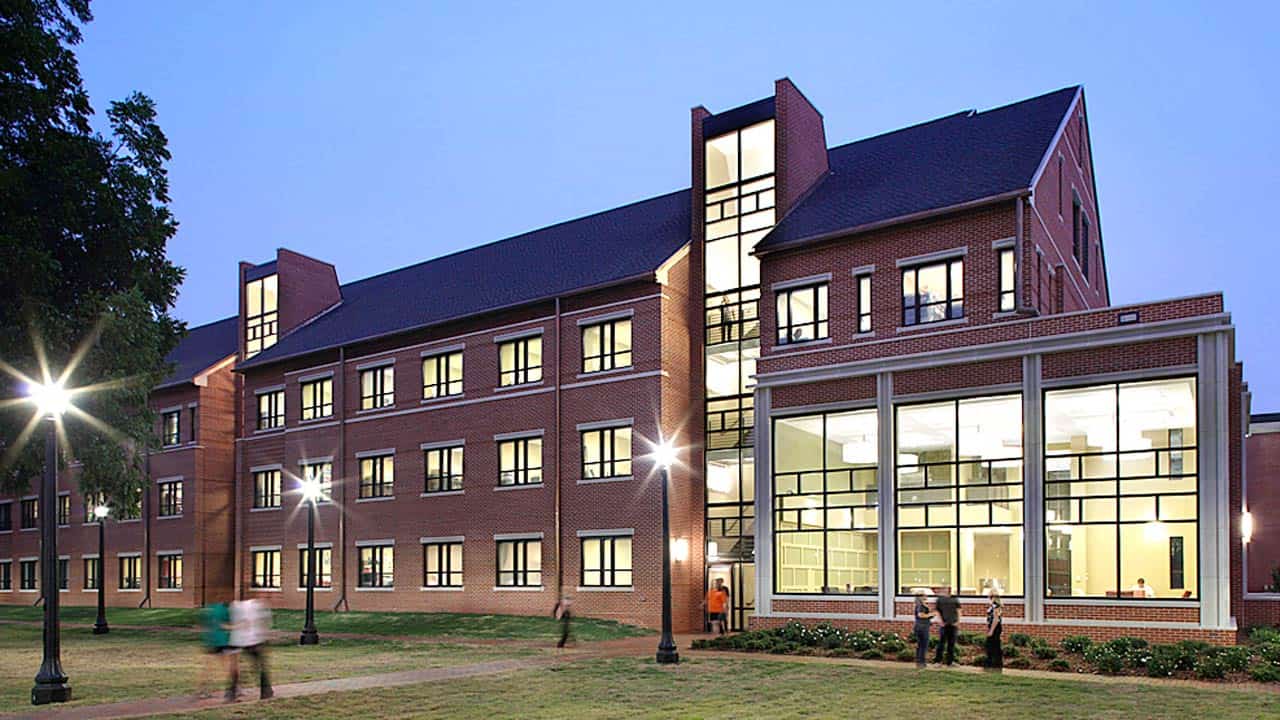Over the past ten years, there has been a rather dynamic change in how students of all ages engage with the world around them. Social interaction and opportunities for learning and mentoring occur in a much different way and in more diverse environments than perhaps ever before in our history. The college and university campus environment bears witness to this fact. Although it may be easy to point to evolving technologies as a catalyst for change, the truth is that the way in which the design community thinks about spaces that foster interaction, support individualism, create privacy, and aligns with the overall academic mission of the university, is often disconnected.
Designers and knowledge leaders within Little believe that perhaps the greatest opportunity to successfully merge these vital elements of campus life lies in the creation of innovative on-campus student housing. As the one place on campus where live, sleep, learn, study, play and socialization potentially overlap on a daily basis, the “residence hall” affords us the opportunity to define “what students want and need” simply by going to the source and listening to the student. Thus, the creation of the 2013 Student Housing Symposium. The purpose of the Symposium was to identify those factors that drive successful campus housing from the student’s perspective, through the exploration of ideas that will lead us to the creation of truly innovative student housing design for the future.

We felt that the best way to engage students in this process was to supplement our pre-existing survey data by conducting a collaborative workshop between Little’s design team members and an appropriate cross section of students. In total there were 62 students, ranging from freshmen to seniors, representing 12 Universities from across North Carolina, including nine graduate students who helped organize data and document activities, and three high school students.
The Symposium was organized around breakout sessions that created lively dialogue, brainstorming, sketching and hypothesizing. The sessions were organized around three primary topics: Live and Sleep, Chill and Campus Connections. Although organized around these topics, our goal was to identify common themes emerging from the cross-pollination of the breakout sessions which also included flexibility and variety of space, outdoor connections and de-institutionalizing common areas.

For further information about what we gathered during our research and workshops, please see the attached book. We plan to create a book each year as we continue to develop, define, and test the theories developed by the students. The second book will focus on what we hear as we share “what students want” with housing officers and university administrators from across the nation, and how we put the theories into practice at the project design level.

